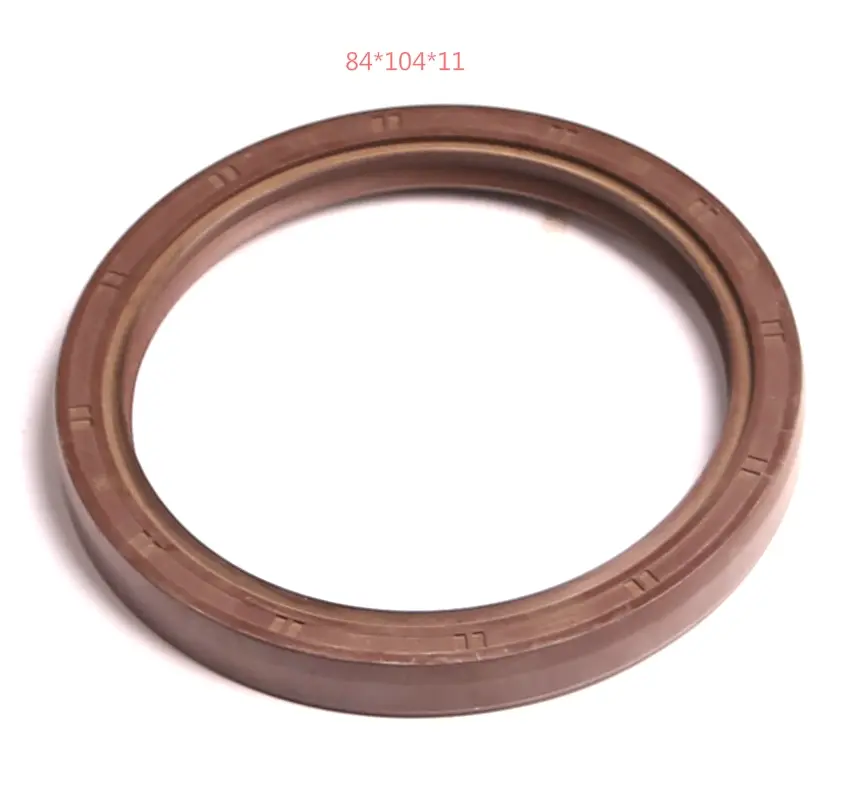8 月 . 21, 2024 02:12 Back to list
Choosing the Right Crankshaft Oil Seal for Optimal Engine Performance
Understanding Crankshaft Oil Seals Importance, Function, and Maintenance
The crankshaft oil seal is a critical component in an engine's design. This often-overlooked part prevents oil from leaking out of the engine while ensuring that dirt and debris do not enter. Its proper functioning is essential for maintaining engine efficiency and longevity. In this article, we will explore the importance of the crankshaft oil seal, how it works, common issues that arise, and tips for maintenance.
What is a Crankshaft Oil Seal?
The crankshaft oil seal, also known as the crankshaft rear seal or front seal, is located at the ends of the crankshaft. In most engines, there are two seals one at the front, which is usually associated with the timing cover, and one at the rear, situated near the flywheel. The primary function of these seals is to contain the engine oil, which lubricates various engine components, thus ensuring smooth operation.
How Does a Crankshaft Oil Seal Work?
The design of a crankshaft oil seal typically consists of a metal housing with a rubber or elastomeric lip that creates a tight seal against the rotating crankshaft. As the crankshaft spins, the lip of the seal presses against its surface, effectively creating a barrier. This seal must withstand various challenges, including changes in temperature, pressure, and the constant motion of the crankshaft.
Oil seals are engineered to endure the harsh conditions within an engine environment. They must be resistant to wear and tear, as well as the various oil types that may be used in specific engines. A well-functioning crankshaft oil seal minimizes friction, conserving energy and reducing the chances of overheating.
Common Issues with Crankshaft Oil Seals
Despite their robust design, crankshaft oil seals can fail over time. The most common issues include wear, hardening, and cracking of the rubber material, often resulting from prolonged exposure to high temperatures and oil contaminants. When the seal wears out, it can lead to oil leaks, which may manifest as puddles under the vehicle or a noticeable drop in oil levels.
crankshaft oil seal

Oil leaks can cause a range of problems. Low oil levels can lead to inadequate lubrication, resulting in engine wear and potential failure. Additionally, oil leaks can create a mess in the engine bay, contributing to heat buildup and even fire hazards in extreme cases. Therefore, detecting and addressing crankshaft oil seal issues early is vital.
Maintenance Tips for Crankshaft Oil Seals
Regular maintenance is key to prolonging the life of the crankshaft oil seal and the engine as a whole. Here are some tips
1. Regular Oil Changes Maintaining clean oil levels prevents contaminants from degrading the oil seal. Follow the manufacturer's recommendations for oil change intervals.
2. Visual Inspections During regular maintenance, inspect the areas around the crankshaft for signs of oil leaks. Catching leaks early can prevent extensive damage.
3. Monitor Engine Temperature Overheating can accelerate seal wear. Ensure that the engine's cooling system is functioning properly to keep temperatures in check.
4. Quality Replacements If you need to replace a crankshaft oil seal, opt for high-quality parts that meet or exceed OEM specifications. Using substandard seals can lead to premature failure.
5. Professional Assistance If you suspect a leak or any issue with the oil seal, it may be wise to seek professional automotive service. Technicians can diagnose and address the problem effectively.
In conclusion, the crankshaft oil seal plays a vital role in engine performance and longevity. Regular inspection and maintenance can prevent leaks and ensure your engine operates at its best, saving time and money in the long run. Understanding the importance of this component can help vehicle owners take proactive steps to keep their engines healthy and efficient.